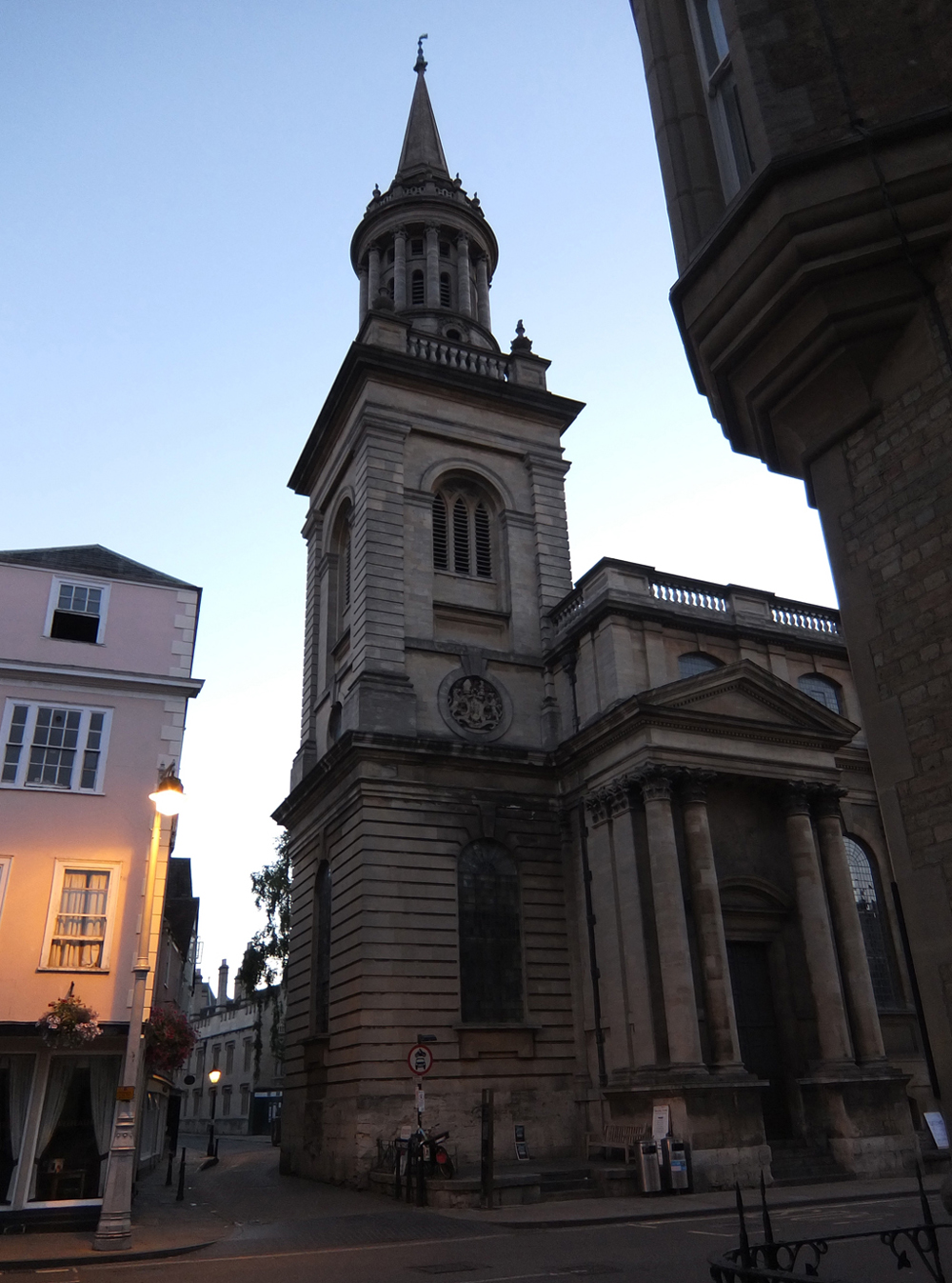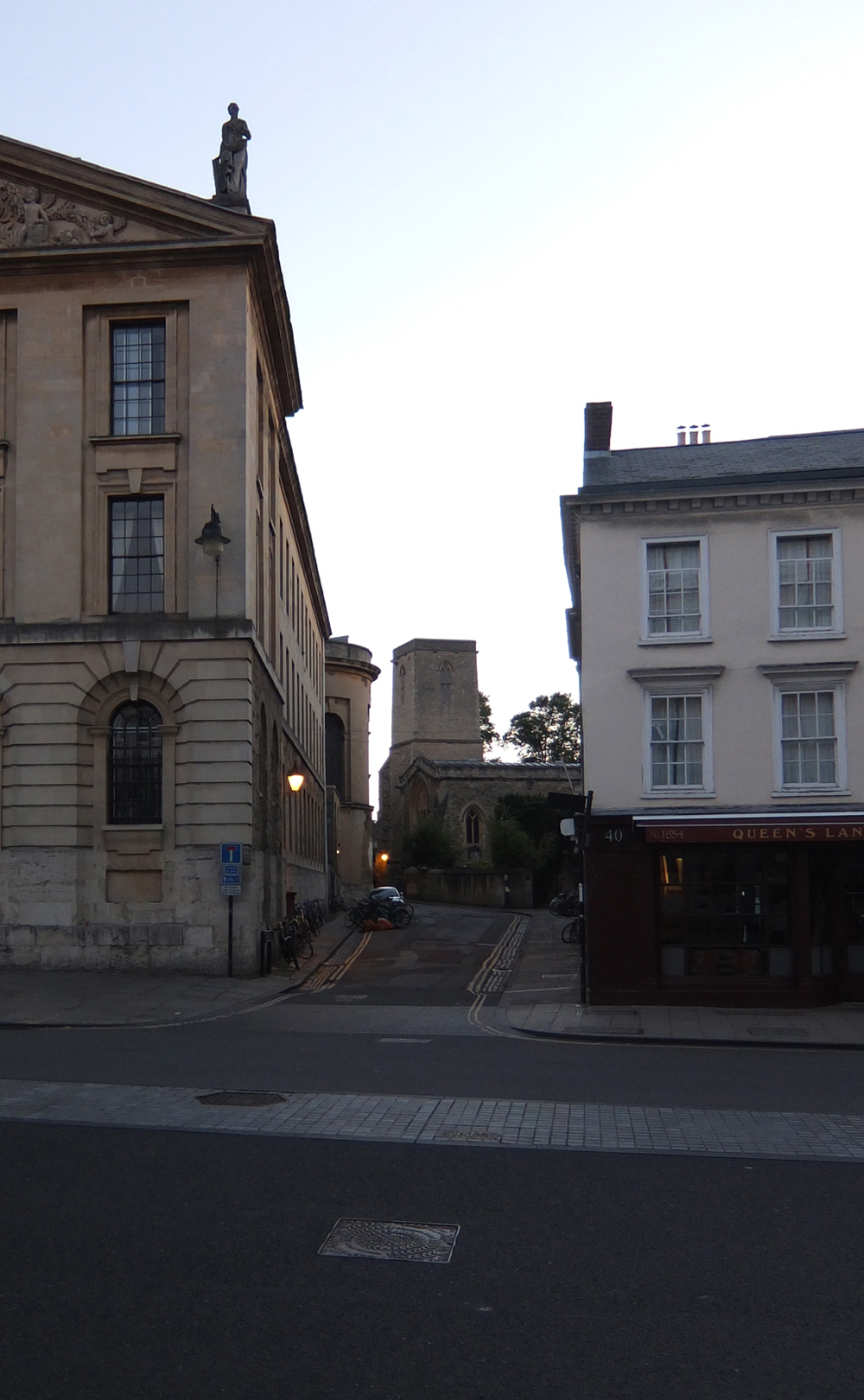Back in 2012 a post here proposed (1) the construction of an excellent nondenominational chapel primarily for the use of the few student religious groups that do not have their own worship spaces, and (2) the sensitive reuse of the underused Rollins Chapel as a library.
I. Since then, some remarkable examples of reused churches have turned up. The Times has an article on a 1928 Dutch chapel turned into a house. The big staircase structure placed in the nave seems to work — it makes the room livable and signals its difference from the rest of the building without dominating or appearing permanent.
Check out this astonishing church in Berlin (Bing aerial) that’s being reused as a museum (New York Times Magazine). Frankly, it seems as if it has looked like a museum or a factory all along.
II. Here are photos of two of the churches-into-libraries mentioned previously:


This is a recent (2008) conversion not mentioned earlier:

III. Would Edward Ashton Rollins have wanted his chapel to be reused as a library? Almost certainly not. He spoke at the laying of the cornerstone (Exercises at the Laying of the Corner-Stones… in Google Books), and he sounded as if he shared the views of most other New Englanders born in the 1820s:
Dartmouth College with no Chapel, and no religious worship or instruction, would mean ultimately the cities and villages of our state without churches, and our civilization a delusion and a mockery.
But of course the building of a new chapel would satisfy his first condition, and the Tucker Foundation continues to support the second. Rollins Chapel will always stand at the center of Dartmouth, whatever its function, and the proposal in the post would ensure that the college will always have an active chapel on campus. Events such as the Baccalaureate Service, whose concluding procession Corinne Arndt Girouard depicted in this wonderful photograph, will always have a dignified and dedicated building in which to take place:
Indeed the Tucker Foundation is undergoing changes of its own, being split by the college trustees into a religious group and a public-service group (The Dartmouth). In the long term, especially as smaller faith groups continue to obtain their own worship spaces, it is difficult to see how the split in the foundation would lead to more religious use for Rollins rather than less, but who knows?
It is worth noting that the little overview of the upcoming master plan on the Beyer Blinder Belle site states that “strategies include optimizing the reuse of existing buildings through space assessments.” And that the college’s architectural staff now includes a space planner.